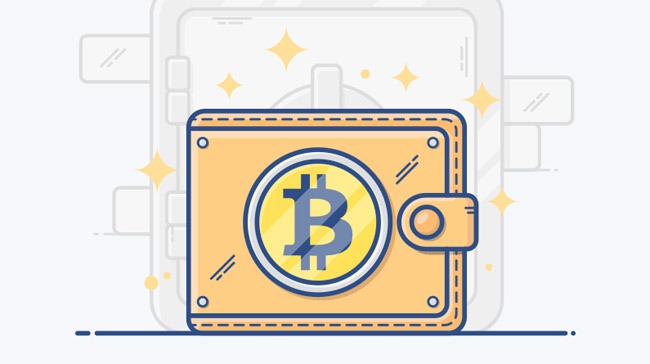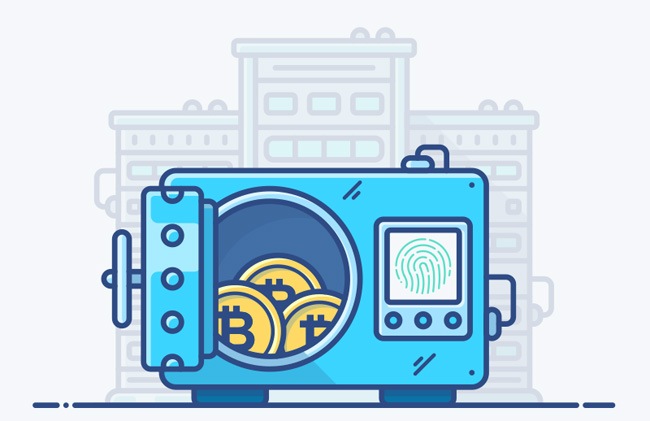Bitcoin is often regarded as an anonymous cryptocurrency because it is possible to transmit and accept bitcoins without giving anyone your personally identifying information. While this is true, the current version of the protocol is not exactly anonymous.
When Bitcoin was first introduced in 2009, its creator Satoshi Nakamoto envisioned it to be a private and secure protocol for transfer of value over the Internet. Before 2014, the general public didn’t really understand how the blockchain technology operates; there was very little information on the Internet and the limited info that was available was usually catered to developers/cryptographers who already knew a lot about the technology.
The early adopters, hyped by this novel tech, massively overrated its capacity for anonymous transactions. Even today, when there’s not a person on the planet that hasn’t heard about Bitcoin, the majority of the people still think bitcoin transactions are anonymous.
The Bitcoin protocol it reliant on the blockchain technology which runs on a peer-to-peer network, thus eliminating the need for a trusted third party (like banks/clearing houses in the case of fiat money) to ensure the validity of the transactions. The blockchain provides transparency and transaction immutability, meaning that all valid transactions are permanently written down on this distributed ledger for everyone to see. A question inevitably arises: how are transactions made through the Bitcoin protocol anonymous, if they’re out in the open for everyone to see?
The answer is: they’re not. Bitcoin transactions are actually pseudo-anonymous, and there’s a big difference between the two. Even though the transactions themselves are transparent, they’re only linked to public addresses that are nothing more than strings of alphanumeric characters to the average Joe. So far so good, right? Wallets aren’t linked to any particular user by default. But what if (because of negligence, the actions of a malicious actor, or any other reason) a user was identified to own a certain wallet address? Then a simple search through the blockchain would reveal their entire financial activity on the network — all the way back to the Genesis block.
While the casual use of Bitcoin grants you a little more anonymity than a wire transfer does, it’s not exactly anonymous.
Get New Hardware

Image credits:
If you’re thinking of setting up a truly anonymous Bitcoin operation from your desktop or laptop at home, forget about it. There’s all sorts of personal information and other data stored on it that someone with enough resources could access and use to reveal your identity. What you need is a fresh environment that has no traces of previous users: buy a cheap laptop, and two (or more) 8GB USB drives. After you do this, make sure you access the internet only through public WiFi networks (in cafes or libraries,) and never log into a social media or email account, or reveal any sort of personal information on that laptop. This will maximize your privacy, setting you up for the next step:
Install Tails
Next up, get yourself acquainted with Tails: “a live operating system that you can start on almost any computer from a USB stick”. It’s designed to protect your privacy, and allows you to browse the Internet anonymously by forcing all Internet connections through the Tor network.
- Tor is an overlay network consisting of over 7,000 relays that bounce your communications all around the world in order to defend you against traffic analysis (a form of network surveillance).
To install Tails on your USB drives, follow the step-by-step guide provided on their official website. You should spend a few days getting to know the Tails system and the Tor browser so you can use the set up correctly – minimizing your chances of getting exposed.
Create a Bitcoin Wallet

Image credits:
Now that you have a “clean” hardware and software setup, it’s time to use it to set up your Bitcoin wallet. The name itself is a bit misleading, since a “wallet” is a place where you store coins. That isn’t the case – a Bitcoin wallet is more like a keychain where you store your private keys.
- The coins are stored on the blockchain, not “in” the wallet.
- You prove ownership over your coins using your wallet’s private keys; anyone who has the private key can access the funds associated with it.
- You provide others with a public address, which is a hashed version of your wallet’s public key; think of it as a bank account number that you share in order to receive funds.
The key to using Bitcoin in a truly anonymous manner is to obfuscate any and all relationships between your real-world self and your digital self. A huge part of that is to never publicly associate your wallets’ public addresses with yourself, but you should also try to lose the link between individual transactions. In other words, never send or receive multiple transactions from a single bitcoin address. One way to achieve this is by using HD wallets.
- An HD (Hierarchical Deterministic) wallet uses a 12-word master seed key to generate multiple public addresses you can use to receive bitcoins; think of it as having a single password for multiple bank accounts. Ledger Nano S, Trezor, and MyCelium are all easy-to-use HD hard wallets.
If you can’t afford an HD hard wallet, there’s a cheaper option: cold wallets. A cold wallet is a wallet that isn’t connected to the Internet, meaning your digital assets are stored physically (on a piece of paper) and cannot be hacked into. The only risk here is misplacing that piece of paper, which is why it’s best to store it in a secure location.
- Use Bitaddress.org to generate new cold wallets for different transactions. Receiving funds is as easy as sharing your public address, but spending them is a bit more complicated since cold wallets aren’t meant for everyday usage.
Buy Bitcoin

Image credits:
Most exchanges follow strict KYC and cTF/AML regulations and require some form of ID to create an account. As a consequence, buying your first bitcoins is the most complex part of the procedure. Here are your options:
LocalBitcoins is a peer-to-peer service you can use to connect with cryptocurrency enthusiasts in your area and buy/sell crypto for cash. Open the website using Tor and sign up using a fake name and email address. Once you find a seller with a good reputation, arrange a meeting in a public place, make the transaction and (once you see the confirmation) you’re good to go.
A Bitcoin ATM accepts fiat for BTC, and vice versa. It usually doesn’t require any form of identification, but it may charge up to 7% in fees. As expensive as it is, it’s among the safest ways to acquire bitcoins: you put cash in and enter your public address as a recipient. Use CoinATMRadar to find a Bitcoin ATM in your area.
Conclusion
By now you probably see the bigger picture: genuine Bitcoin anonymity is by no means granted to you. It comes as a result of meticulous planning and following a precise set of steps. Each phase of the process is crucial to the overall effect and, as challenging of an endeavour as it is, it’s very well worth the benefits. If you want to take it a step further, you should look into mixing services that further obfuscate the link between your address and your coins.
If you follow the steps in this guide in their entirety and in the right order, your identity will remain private, your transactions will be impossible to trace, and the link between you and your funds will be virtually non-existent.
Featured image